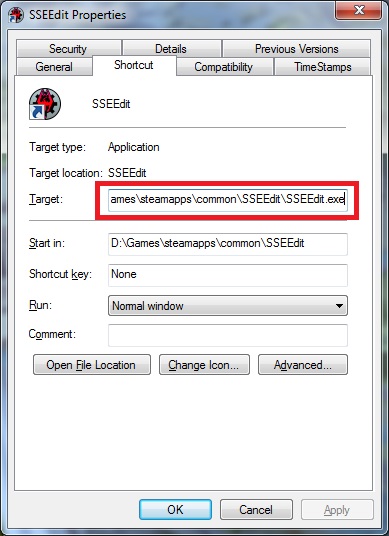

Placement of the shelter and supporting posts or walls must not conflict with accessible travel paths, boarding areas, and transit vehicle door zones. Passengers waiting in shelters must be able to easily see arriving transit vehicles and must be readily visible to operators if transit vehicles stop only on demand. Trees and other green elements can be integrated into the stop area in line with shelters and outside of clear paths and accessible landing areas, providing shade and a more comfortable waiting environment. Account for different door locations across the transit fleet. While the minimum unobstructed boarding area must be 5 feet long parallel to the curb, 8–12 feet of length is preferred to allow for variation in door location in operation. Maintain a minimum 5-foot sidewalk clear zone, which may be wider than the ADA standard (PROWAG §R302) in some cases.Ī 4-foot wide clear path must be provided for access to any elements such as shelters or informational displays, and any interactive elements such as push buttons. Shelters can be oriented open to curb (typical) with its back towards the curb at the building-side of the sidewalk or integrated into a building facade.Īn 8- to 12-foot wide pedestrian through-zone on the sidewalk, behind or in front of the shelter, is preferred in commercial and high-use settings.

Shelters open at both back and front, including cantilevered shelters or post shelters, are easy to place, and provide protection from sun and light rain but little wind blockage. They must be at least 5 feet deep to provide an accessible path inside the shelter, and be set back from the curbside, and must have an opening at least 32 inches wide. Three-sided shelters offer protection from wind and more intense storms, but usually require an opening in the rear side of the shelter or a large space between the shelter and curb, to provide an accessible path.įour-sided shelters, usually with an entrance at both the sidewalk and curb side, can enhance comfort in extreme winter climates. A 4-foot deep shelter may be placed as close as a foot from the curb. On narrow sidewalks, placing the shelter ahead of the front door loading zone allows the shelter to be very close to the curb, as the path from the shelter to the front door is not blocked by a shelter wall. Two-sided shelters provide good protection from precipitation and some protection from wind, with open sightlines to approaching vehicles. Shelters should include space to rest, either a bench or leaning rail, and space for a wheelchair user next to the bench.


 0 kommentar(er)
0 kommentar(er)
